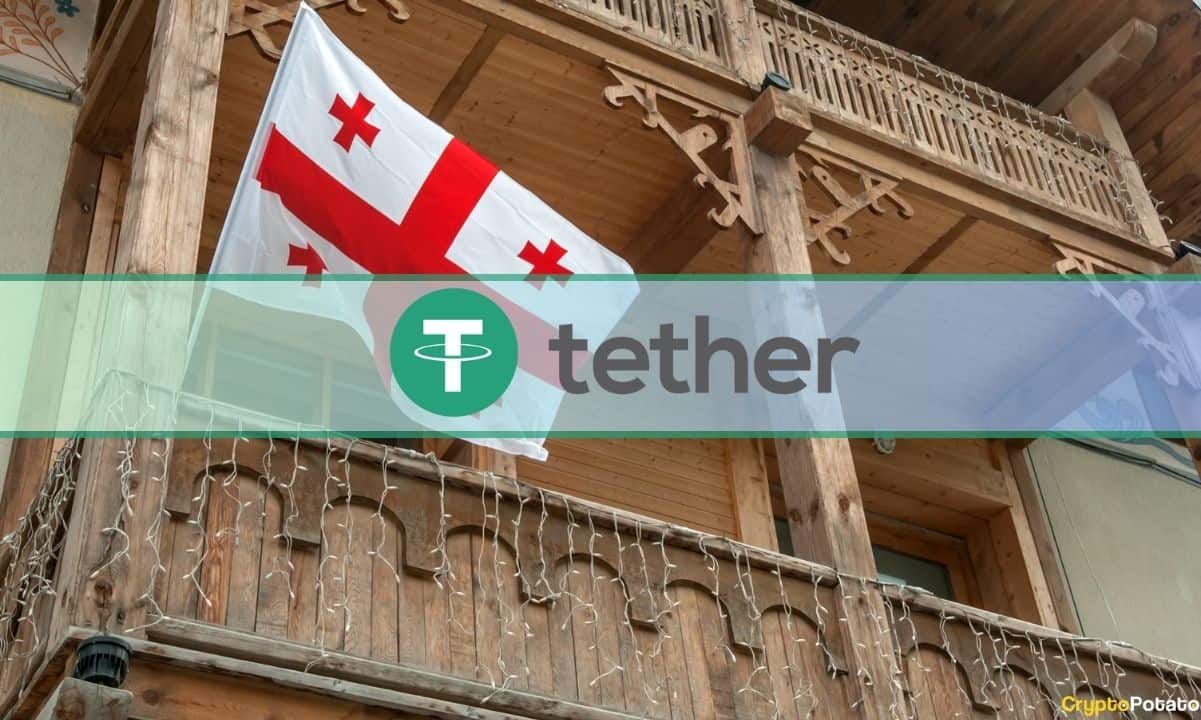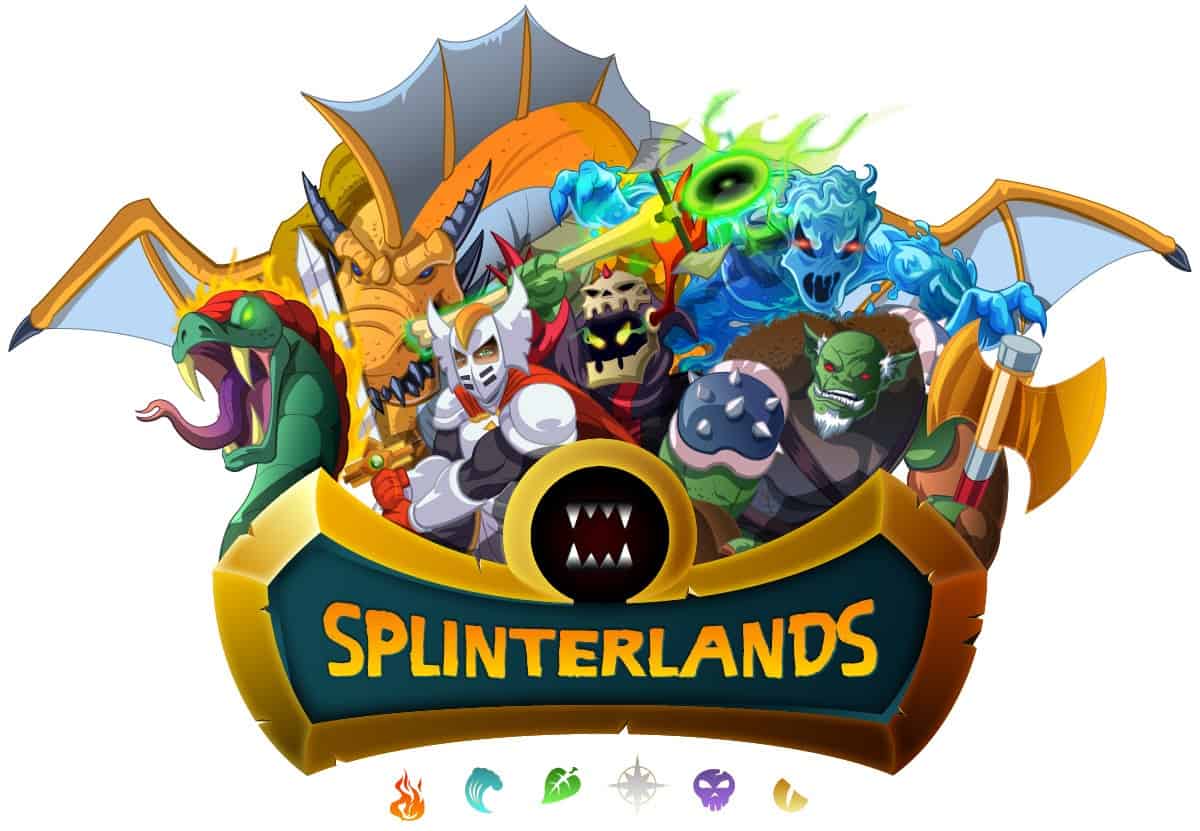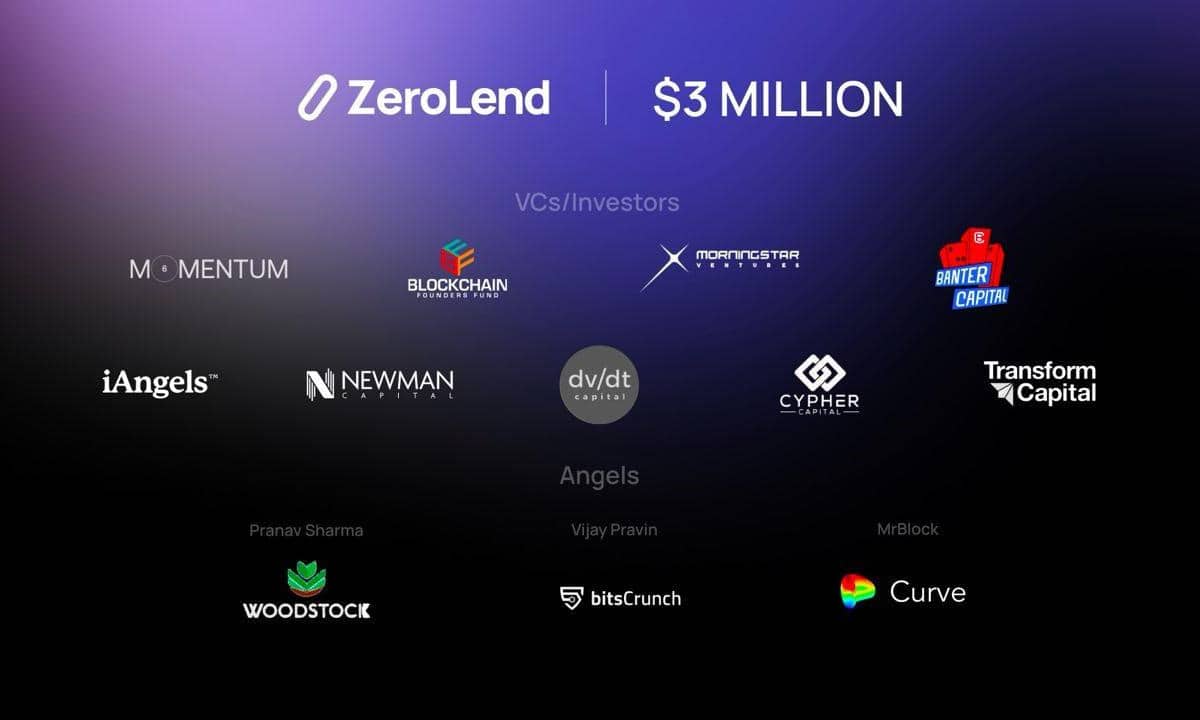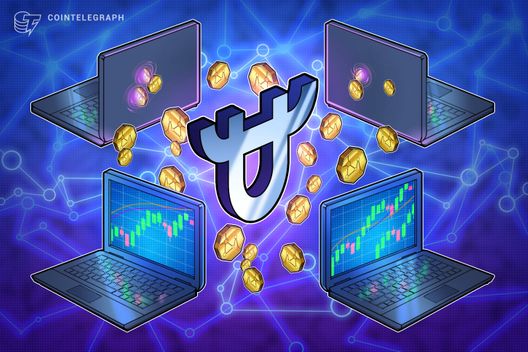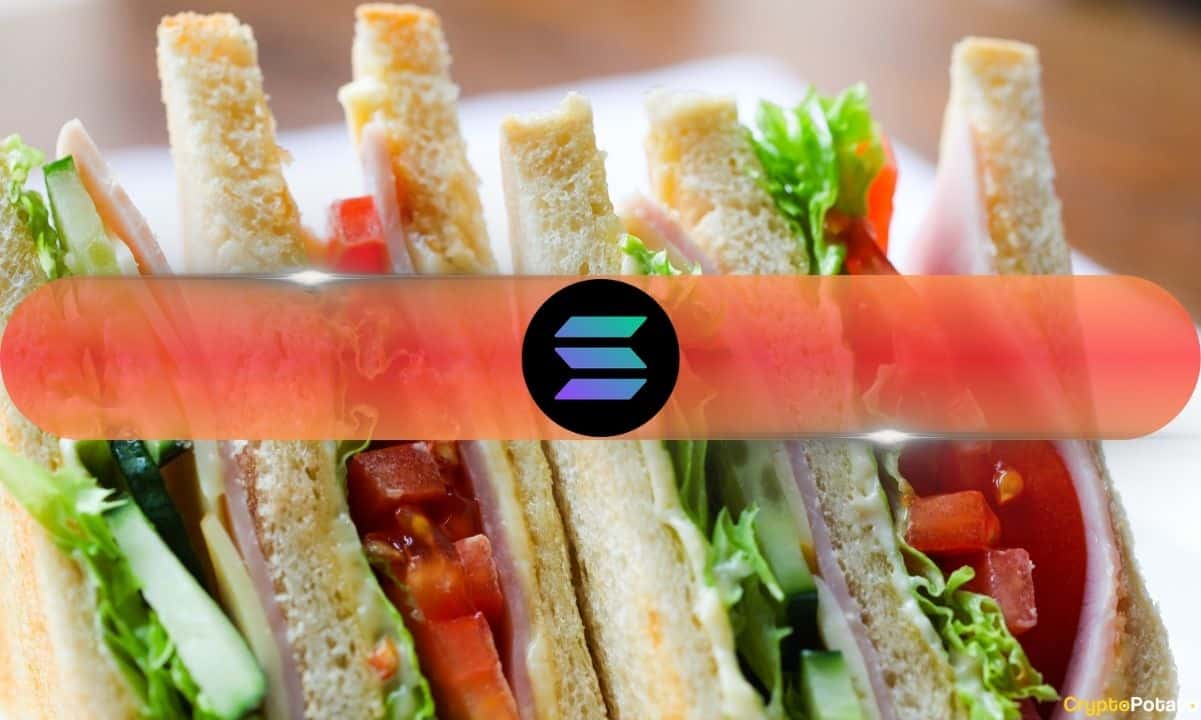Best AI Crypto Coins in 2024: Top 8 Projects to Watch
Cryptocurrencies that have integrated artificial intelligence (AI) or plan to do so have been soaring in popularity.
The fast-paced expansion and development of AI have generated considerable interest, controversy, and fear among the public, especially tech enthusiasts, investors, and even government officials and politicians. Projects like OpenAI’s ChatGPT, as well as its numerous alternatives, have been making headlines left and right, and this has inevitably impacted the crypto industry.
This can be reminiscent of Bitcoin and the early creation of the decentralized finance (DeFi) market.
But as with the broader cryptocurrency market, AI-focused projects have also increased in their numbers and identifying the legitimate and promising ones can be a bit challenging.
That’s why, in this guide, we take a closer look at the top AI-based crypto protocols that you should have on your watch list.
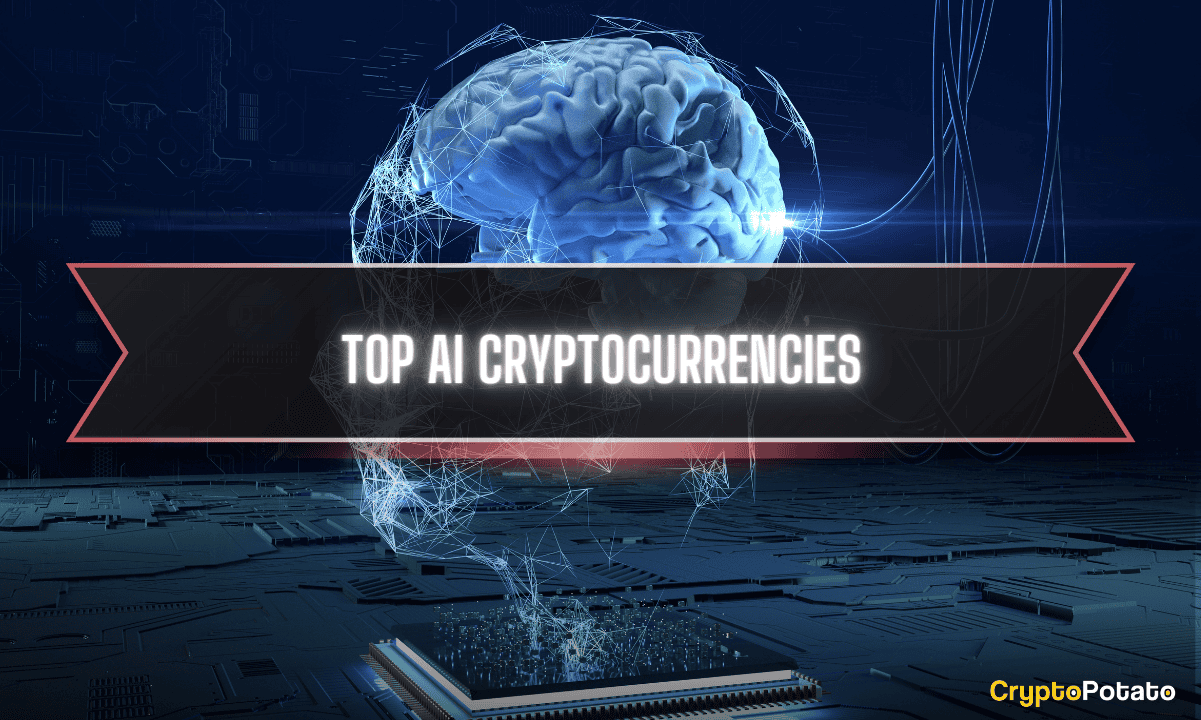
Quick Navigation
- What is AI Crypto?
- Best AI Crypto Projects to Watch This Year
- Fetch.AI (FET)
- Render Network (RNDR)
- The Graph (GRT)
- BitTensor (TAO)
- Akash Network (AKT)
- AIOZ Network (AIOZ)
- SingularityNET (AGIX)
- Ocean Protocol (OCEAN)
- Is AI Good for Crypto?
- How to Buy AI Cryptos?
- Best AI Crypto Projects: Conclusion
What is AI Crypto?
Before proceeding, let’s briefly explain AI crypto and why this sector has blossomed in the last few years.
At the forefront of crypto, AI crypto projects appreciated substantially, especially in the first quarter of 2024. The reason is not just hype; the combination of AI and blockchain technology has opened several windows of new use cases and applications for finance, data storage, cloud computing, and much more.
In decentralized finance (DeFi), for example, we can see different types of dApps using AI. Decentralized exchanges (DEXs) can use AI to facilitate trade automation through algorithms (as many automated market makers do).
AI can also improve the screening process for smart contracts, allowing founders to spot potential threats and vulnerabilities. In another example, AI is frequently used to produce generative art NFT projects, such as Interactive Non-Fungible Tokens (iNFTs), which incorporate intelligent traits and reasoning abilities.
There are currently hundreds of AI-based crypto projects, each targeting a specific market within and outside the space.
Best AI Crypto Projects to Watch This Year
Fetch.ai (FET)
Fetch.ai is one of the top crypto AI projects boasting billions in total market capitalization.
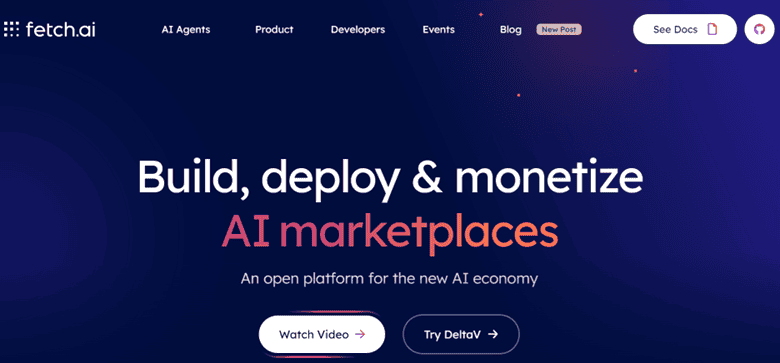
It allows users to leverage resources and tools to build and monetize their AI-powered crypto apps and services. However, one feature that distinguishes Fetch is autonomous economic agents.
These agents, which can be devices, services, organizations, or individuals, are capable of performing various tasks such as processing and sharing data among IoT (Internet of Things) devices, executing crypto transactions for users, and facilitating trades and swaps on decentralized exchanges like Uniswap through crypto trading bots.
The protocol operates on its own blockchain, powered by its utility token, FET. A unique aspect of its blockchain is its mixed consensus: Proof-of-Work (PoW) and Proof-of-Stake (PoS), in which miners validate transaction blocks and agents earn fees for executing multiple AI-related tasks.
For developers, Fetch offers a comprehensive suite of tools, including AI, Web3, and blockchain infrastructure, resources, and extensive documentation to create decentralized AI projects.
Likewise, Fetch also features the Open Economic Framework (OEF), an AI-driven layer that stores information for agents. This layer allows agents to interact and source information while nodes (miners) are rewarded with FET for facilitating these interactions.
Render Network (RNDR)
Render Network is an Ethereum-based blockchain platform that aims to decentralize GPU cloud rendering by connecting those who need rendering services with owners of high-performance GPUs.
It is one of the top Solana projects.
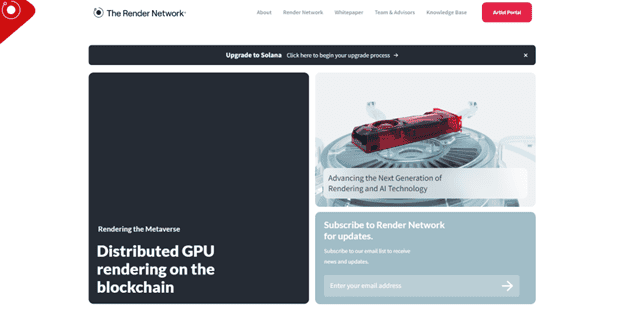
This system enables artists, individuals, and companies to carry out rendering tasks more affordably and quickly than traditional centralized options.
The platform operates as follows: creators submit rendering jobs, and node operators use their spare GPU capacity to complete these jobs and earn RNDR tokens as compensation. Render Network supports a range of tasks, from basic rendering for gaming and entertainment to complex projects involving AI and machine learning.
The protocol also implements a tiered pricing system based on the reputation of node operators. The highest-rated operators fall into tier 1 and are typically the most expensive but offer more reliable and scalable services, often used by Render’s partners.
Tier 2 provides high-quality services at a reduced cost, and Tier 3 offers the most economical options, but reliability and scalability are not the highest-rated. This pricing structure supports the democratization of GPU cloud computing, particularly for Web3 creators, by adapting to various budget needs.
The Graph (GRT)
The Graph is a decentralized, open-source indexing protocol that collects, processes, and stores information and data similarly to a web browser like Google.
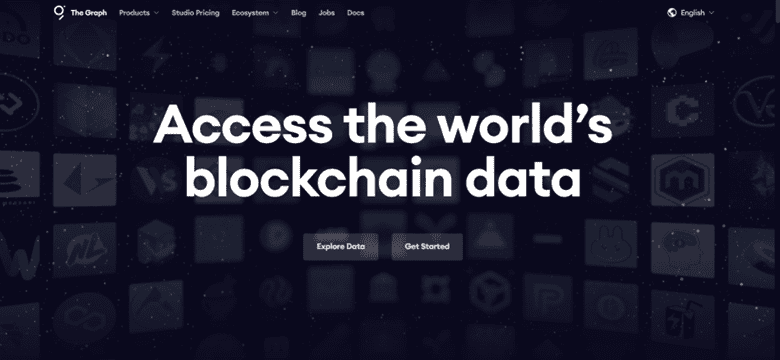
It allows users to navigate and explore different blockchain ecosystems and their respective dApps. The Graph is also available in at least 14 languages.
One of the key features of The Graph is Subgraphs, which are indices designed to enhance data querying for users across several networks, including EVM-compatible blockchains and even the InterPlanetary File System (IPFS).
Subgraphs can index all public information globally, bridging the gap between Web2 and Web3. This data can be stored, organized, and shared across applications, making it accessible for anyone to query. Naturally, users pay using the protocol’s native coin, GRT.
GRT has one of the largest supplies in the AI sector, with a max supply of 10,799,004,319 tokens and approximately 9.5 billion tokens in circulation.
BitTensor (TAO)
BitTensor is an open-source infrastructure built around a blockchain called Subtensor. It utilizes a unique consensus mechanism called Proof-of-Intelligence (PoI).
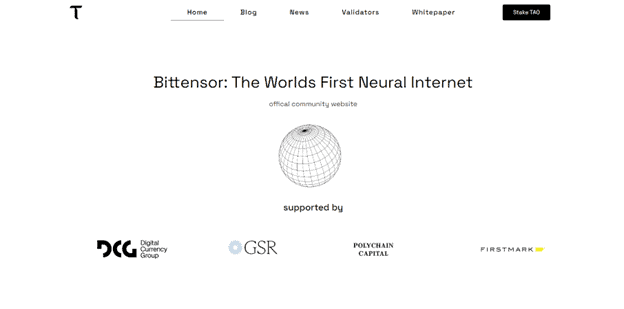
This mechanism resembles Proof-of-Work (PoW) by rewarding miners for their valuable contributions across various technology and research domains within the BitTensor network.
BitTensor functions as a decentralized marketplace with multiple subnets, each designed for specific tasks. Unlike parallel chains in systems like Avalanche, these subnets are competitive marketplaces tailored for AI, machine learning, data storage, price feeds, cellular automation, and more.
A notable example of a subnet in BitTensor is Decentralized AI Detection, where miners are incentivized to share findings, solutions, products, tools, and frameworks to help the network detect content generated by large language models (LLMs) like ChatGPT.
Anyone can create a subnet by paying a registration fee in TAO, BitTensor’s native token, and establish incentive mechanisms for miners and validators. Each subnet has validators who assess the quality of miners’ work and reward them with TAO.
BitTensor aims to democratize and commoditize AI and emerging technologies through blockchain technology.
Akash Network (AKT)
Akash Network is one of the top AI crypto coins that introduces a cloud-computing marketplace where users can buy and sell cloud resources using AKT as the payment method.

Akash Network rose to prominence as one of the largest AI crypto coins thanks to its simple business model: users needing cloud computing can purchase resources from those with extra capacity, all in a peer-to-peer manner.
The platform’s main competitive edge is its ability to provide decentralized storage and asset ownership at a lower cost than traditional centralized systems, appealing to both businesses and individuals.
Akash has formed partnerships with leading institutions in the crypto space, such as Coinbase Prime, which offers custodial services for AKT, and Solve.Care, a blockchain-based healthcare platform aimed at decentralizing patient data and integrating blockchain benefits into healthcare systems.
Akash utilizes the Interplanetary File System (IPFS) for decentralized storage due to its enhanced security and resistance to censorship.
The rise in popularity of DeCloud (decentralized cloud), AI, and ML protocols has driven increased usage and renewed investor interest in Akash and similar AI coins.
AIOZ Network (AIOZ)
AIOZ Network, created by the tech company AIOZ, is a blockchain-based platform that aims to deliver scalable and reliable solutions in Web3 storage, AI computing, live streaming, and video on demand.
The company, founded by Erman Tjiputra, focuses on making AI development more democratic and decentralized through its two main offerings: the W3AI marketplace for AI computation and the Web3 AI Platform, which provides a variety of AI solutions for businesses, developers, and individuals.
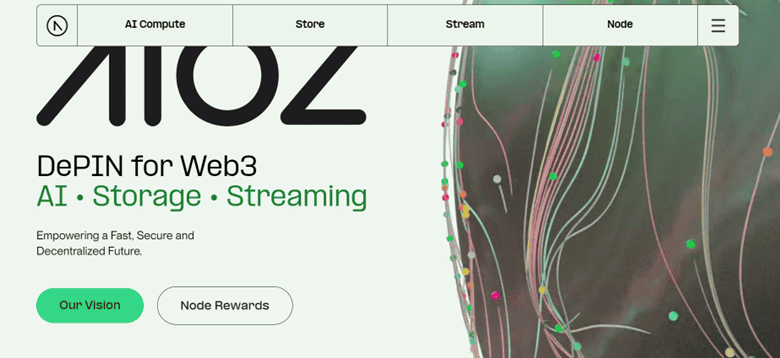
AIOZ operates on the Cosmos network and is compatible with BEP and EVM, using a Delegated Proof-of-Stake (DPoS) consensus mechanism powered by Tendermint Core that allows for up to 1,500 transactions per second. Its Decentralized Content Delivery Network (dCDN) utilizes a global network of nodes to provide additional computing power.
The network offers a decentralized marketplace for the Decentralized Physical Infrastructure (DePIN) market, enabling contributors to monetize their AI-related assets and computing resources.
This setup offers competitive costs for cloud computing and allows for the deployment of AI applications, benefiting businesses and developers by providing cheaper alternatives to traditional infrastructures.
SingularityNET (AGIX)
SingularityNET is a marketplace for AI products and services. It allows users to create their AI-powered models through the protocol’s blockchain, which offers smart contract templates for faster and easier development and deployment.
The platform allows developers to build AI models and systems or purchase existing ones to integrate into their projects, creating a decentralized AI ecosystem that benefits both projects and developers. These and other transactions on the platform are carried out using the protocol’s native token, AGIX.
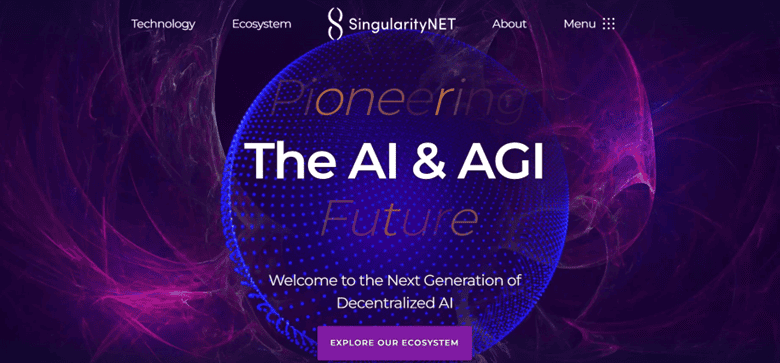
SingularityNET is one of the AI crypto projects due to its extensive offerings, featuring over 70 AI-powered services. These include:
- Domain-Specific Language (DSL): a self-organizing network of AI agents that can delegate tasks to each other.
- OpenCog Hyperon: an open-source general AI system based on OpenCog, a framework for developing AI models, robotics, and virtual embodied cognition.
- Training AI models: users can train and customize AI models for various services based on specific needs.
- Other services include speech command recognition, neural image generation, multilingual speech translators, real-time voice cloning, and more.
Ocean Protocol (OCEAN)
Through AI-powered smart contracts, Ocean Protocol allows data suppliers to sell specific data directly to consumers. This data can be from multiple industries, including healthcare, politics, finance, e-commerce, and more.
Ocean Protocol is one of the OGs in AI-crypto. It was founded in 2017 by Bruce Pon, an entrepreneur who established BigchainDB, a blockchain database software company, and AI researcher Trent McConaghy, who holds a PhD in Creative AI.
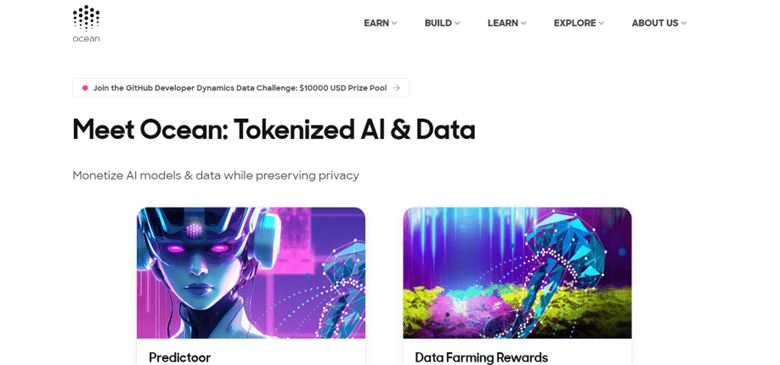
Ocean Protocol offers other appealing features. One is the Ocean Predictoor, which allows users to run AI-powered prediction or trading bots on crypto price feeds to generate yields.
It supports Javascript and Python and provides builders with a library of resources and tools to build AI decentralized applications and APIs to monetize them. Developers can leverage many features, such as IP ownership, access licenses, payment routing, analytics for on-chain data, and more.
How to Buy AI Crypto?
There are two main ways to buy AI crypto tokens. The first is through centralized exchanges like Binance.
As a partner of Binance, CryptoPotato readers can receive exclusively a $600 voucher. Use this link to head to Binance. Open a new account, verify it, and then complete the following tasks for up to $600 free.

That said, once you have an account registered, you will need to navigate to the top of your main menu and in the right corner, click on the “depoist” button and select “buy crypto.”
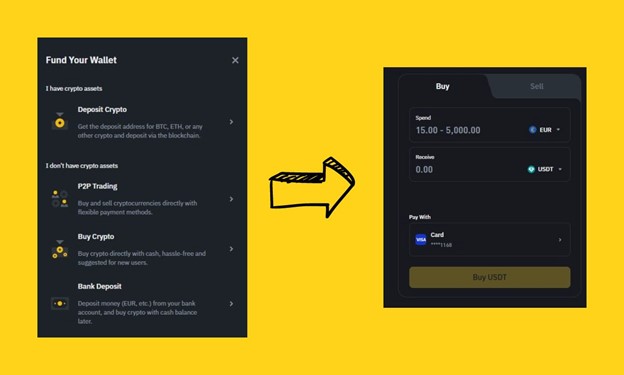
From there, you will simply need to input your preferred currency and the cryptocurrency you want to buy. You can use a regular credit or debit card for this.
Alternative, you can also use a decentralized exchange (DEX), but that’s a more complicated process and would require more technical knowledge.
Is AI Good for Crypto?
AI and blockchain technology can synergize if both are used for their best purposes. As we’ve seen with the projects listed above, AI can be used for trading automation in a blockchain-based protocol, enhancing trading functions and price automation.
For crypto institutions, AI algorithms, through machine learning, are helping exchanges provide and fulfill trading orders quicker, develop chatbots that assist users, smart trading bots that can analyze market trends and predict price movements, and more.
Regarding security and on-chain analysis, blockchain firms can use AI to spot potential threats and vulnerabilities in a smart contract. Moreover, wallets and exchanges can use AI to detect suspicious activity or flag addresses that have been poisoned or belong to a malicious actor.
Even in mining, we see AI and crypto merging, as AI marketplaces can provide or optimize computing power allocation for users.
There are certain drawbacks, however, and we can summarise them as follows:
- Centralization: There’s a growing concern in the public that leading AI companies are working on their AI models behind closed doors, leaving investors and users out of the picture and raising concerns over the lack of transparency and power centralization. Projects like BitTensor try to democratize AI developments and innovation by rewarding users for sharing their discoveries and models.
- Black Box Problem: AI algorithms can be opaque, making it difficult to understand their decision-making processes. The black box problem refers to the challenge of transparency and interpretability of AI algorithms during their time of existence and may complicate/strain operations in crypto projects.
- New risk and security challenges: introducing AI in crypto could mean new risks and vulnerabilities that malicious actors can exploit.
Best AI Crypto Projects – Conclusion
There are multiple ways in which AI and crypto can work, from fraud detection, smart contract security, and on-chain analysis to cloud-based resources, mining, and trading optimization.
The marriage between AI and crypto has opened new windows of use cases and applications for multiple industries. However, their drawbacks must be addressed and analyzed thoroughly to mitigate their negative impact on users and investors.
The post Best AI Crypto Coins in 2024: Top 8 Projects to Watch appeared first on CryptoPotato.

